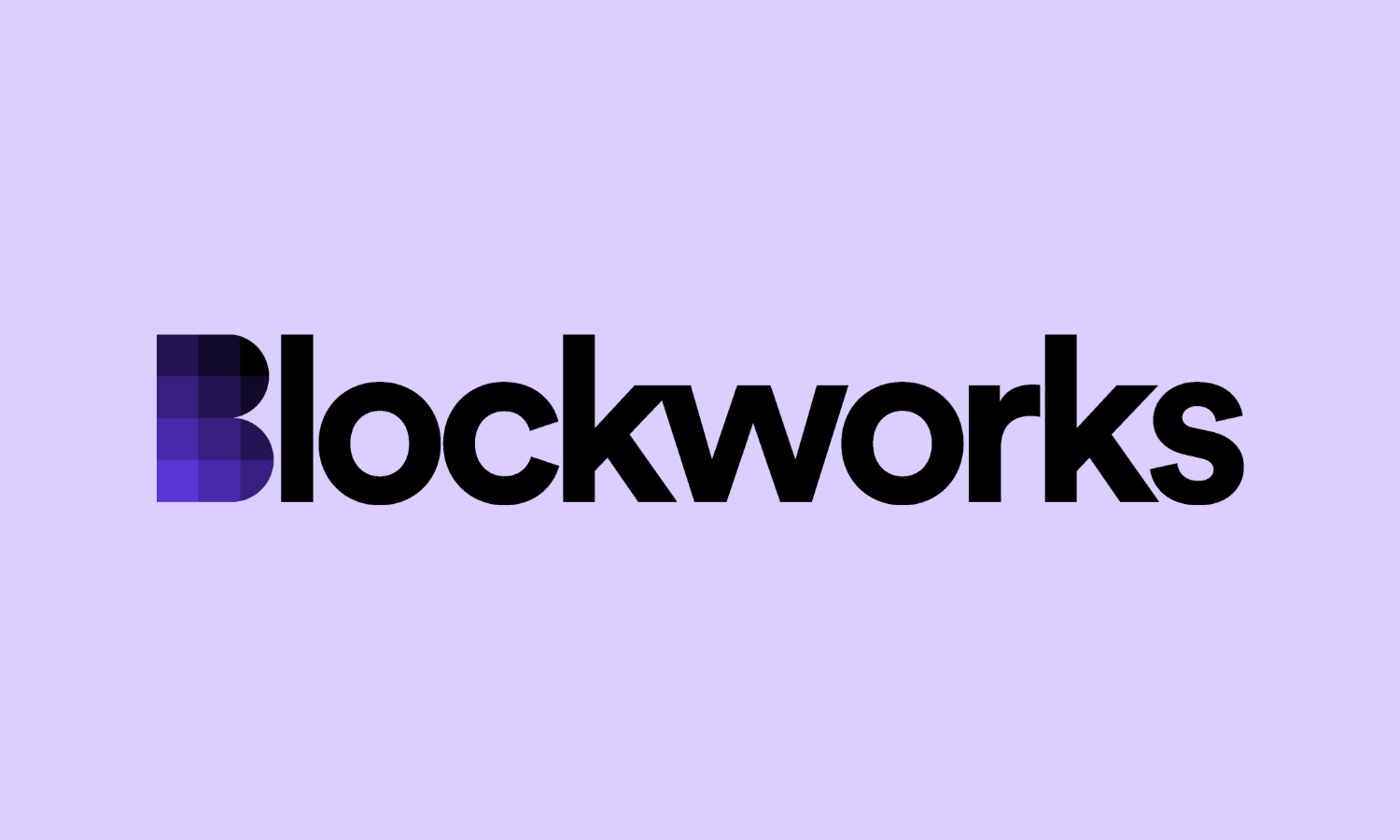Empire Newsletter: Taking stock of who’s buying which bitcoin ETF

The filing deadline for 13Fs was yesterday.Millennium Management disclosed a huge position in BlackRock’s bitcoin ETF, holding roughly 20 million shares worth over $844 million. Millenium also disclosed holdings in Fidelity, Grayscale, ARK and Bitwise, leading with nearly 13 million shares of Fidelity’s ETF. It owns roughly three million Grayscale shares, a mere 634,000 shares of Ark and 1.1 million shares of Bitwise’s ETF.This makes Millennium the top holder of IBIT, but there’s a catch. The thing is that this disclosure only shows the holdings on March 31. And I say that because Millennium is a multi-strategy hedge fund. This isn’t to discount the sizable position they racked up — nearly $2 billion in bitcoin ETFs with $64 billion of assets under management — but this isn’t as straightforward as, say, Wisconsin. This kind of fund isn’t the buy-and-hold type, and could have shorted or sold off the position by now.Read more: Yes, Vanguard’s new CEO supported BlackRock’s bitcoin ETF launchSorry for the cold water there, but it’s easy to see such large numbers and get excited despite the fact that the reality is more complicated. However, I’d say that we still saw impressive holdings from an array of investment managers that are holding and some that may have just dipped their toes into the bitcoin ETF waters. Let’s go back to Wisconsin. Earlier this week, the State of Wisconsin’s Investment Board (SWIB) bought 2.4 million shares of IBIT and over one million shares of GBTC. The board manages the Wisconsin Retirement System and State Investment Funds. It’s also more of a, shall we say, HODLer than a fund like Millennium. Crypto Twitter went nuts about the filing, and rightly so. This is the kind of disclosure that can be used to see how investment managers are approaching bitcoin ETFs. Outside of the flashy names, there were a handful of very interesting disclosures. For example, Hightower Advisors, a registered investment advisor, disclosed $68 million worth of bitcoin ETFs and manages over $100 billion in assets. On Monday, Bitwise pointed out that, this time last week, there were roughly 560 disclosures reporting $3.5 billion worth of bitcoin ETF shares. Now that we’ve wrapped up, that figure could be a lot higher, especially if you count firms like Millennium. That alone puts investment managers at nearly $5 billion. To put that into perspective, US bitcoin ETFs hold almost $59 billion in bitcoin. When the 13Fs began to drop — roughly a month ago, we talked about how some analysts had warned that we might not necessarily see an appetite in this first slew of 13Fs (reminder that these forms are due on a quarterly basis) but clearly there’s interest. This isn’t to say that they were totally wrong. The note from Bitwise’s Matt Hougan earlier this week noted that professional investors own between 7-10% of all bitcoin ETF shares circulating. It’s still a retail game, but that could change by the next quarter and even the next year. Hougan remains bullish, and rightfully so, because there is a factor of time here. To do the proper due diligence, a lot of these professionals will sit on the sidelines before they’re ready to jump in themselves. New Hampshire state representative Keith Ammon, in a post on X, expressed potential interest in his state looking into bitcoin ETFs as an investment. The appetite is there, it just might take some time but we’re already seeing stunning (and sometimes unexpected!) positions from institutional managers.13F season may be over for now, but the institutions are just getting started.— Katherine RossThere is no altcoin season.At least, not yet. Which is strange.We’ve heard it before — this time is different. Bitcoin hit an all-time high before the halving, a glitch in the four-year crypto market cycle. What that really means, nobody knows. But it’s definitely “different,” so it must count for something.These four charts, too, must matter in that case. Bitcoin may have set a new all-time high in March but the rest of the crypto market is still well below its 2021 topThere’s no real textbook definition for what constitutes an “altcoin season.” But here’s my attempt: Altcoin season can potentially start when the market capitalization growth of the crypto sector — minus the top 10 digital assets — surpasses that of bitcoin’s, starting from the cycle low. Altcoin seasons are confirmed if that flippening lasts three months or more.Above is the bull market that ran until 2018. Notice that ether season started in the earlier portion of the cycle, in January 2016 (although it had some advantage in that it was less than a year old). Altcoin season started about six months later, and even persisted for more than a month after bitcoin set a price record close to $20,000.The start of altcoin season in the next bull market, which ran well into 2021, was much harder to spot.Going by our very official definition, an altcoin season began almost straight away but was cut short by a three-month long bitcoin stint. A much more substantive altcoin season began in May 2020, resulting in the market capitalization of the non-bitcoin crypto sector (minus the top 10) multiplying by more than 70 times. Bitcoin’s market cap otherwise managed about 20x from the 2018 bottom to the 2021 top.DeFi summer made for a spectacular altcoin season during the previous cycleThis time around, there hasn’t been an altcoin season at all. Since bottoming due to the FTX crisis in late 2022, the closest crypto has come was in August 2023, when the market cap growth of crypto (minus the top 10) eclipsed ether’s. But considering how poorly ether has performed against bitcoin, that doesn’t really say much. Is all this bullish or bearish? First, for the hall-monitor types: past performance is not indicative of future results, yadda yadda. But in the previous two bull markets, altcoin season happened well before bitcoin hit all-time high. That hasn’t been the case during this cycle.The bull case would posit that only means we’re in for a major altcoin season soon — followed by another, even bigger, bitcoin high.Bears would otherwise say that the lack of altcoin season indicates that the most recent bitcoin bull run was a blip, a market mistake fueled by boomer investors who aped into ETFs, just because.— David CanellisThe Department of Justice flexed its understanding of crypto in an indictment naming two brothers responsible for an attack on MEV bots last year. There’s a lot to talk about when it comes to the 19-page indictment, but I trust that CT has that covered (for now). Instead, I want to turn your attention to a couple of paragraphs around the planning before and after the brothers executed the attack. The DOJ alleges that the two “created and shared with each other online a document setting forth their plans.” Read more: DOJ charges 2 brothers tied to $25M attack on MEV bots last yearExcuse me, good sir, are we talking about a Google Doc to plan this attack? Not only that, but the two supposedly conducted Google searches for crypto attorneys, how to launder crypto, “does the United States extradite to [foreign country]” and the charges they’d later end up facing. (In case you feel like this sounds familiar, Nirvana Finance hacker Shakeeb Ahmed also turned to Google to ask the important questions following his exploit.)While I could say something about their use of Google (I hope they at least tried to use Incognito Mode), I’m selfishly thinking about my own Google search history and how truly embarrassing it would be to see that end up in an indictment. Practice safe Googling habits out there, friends. — Katherine Ross

Published on Other News Site




















